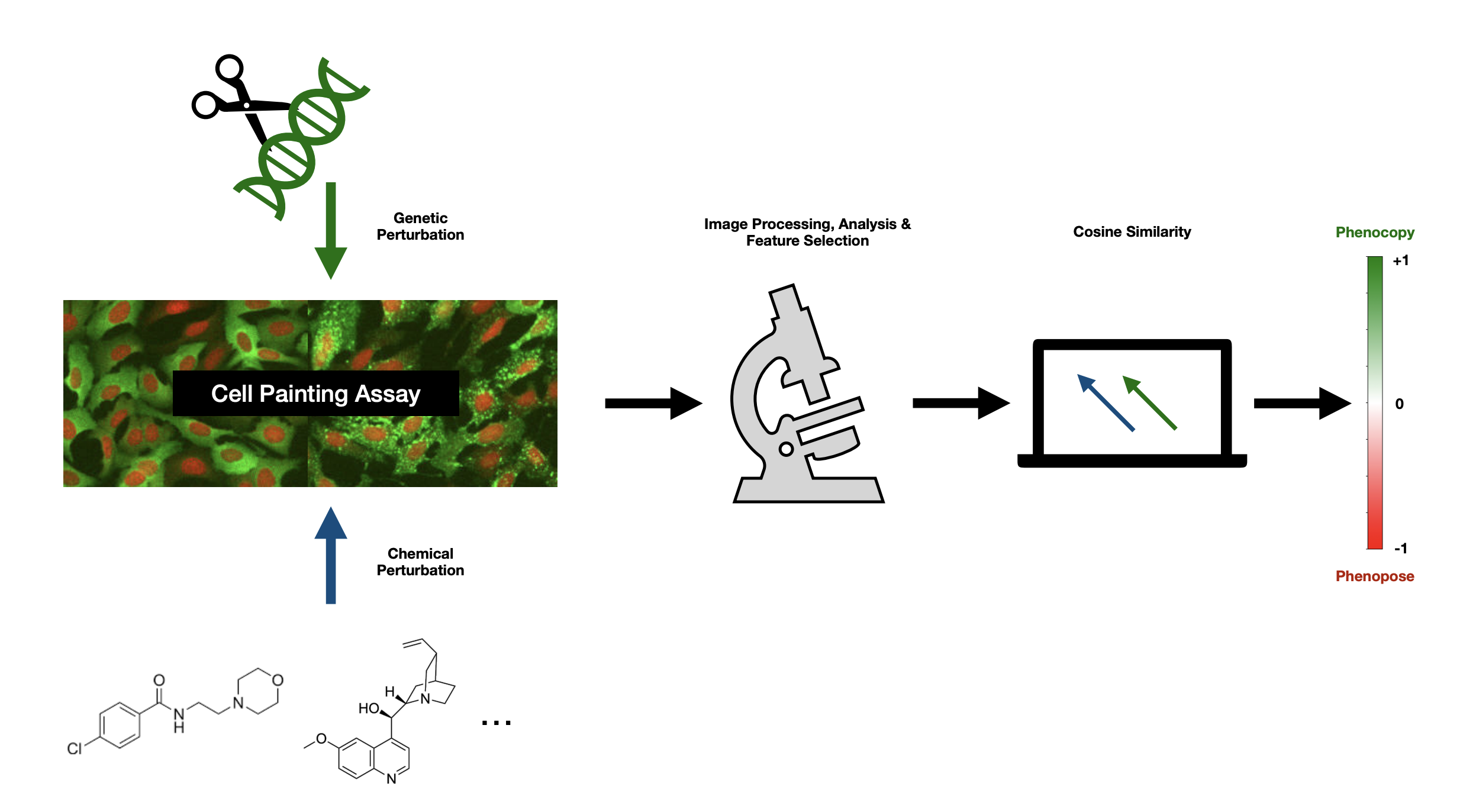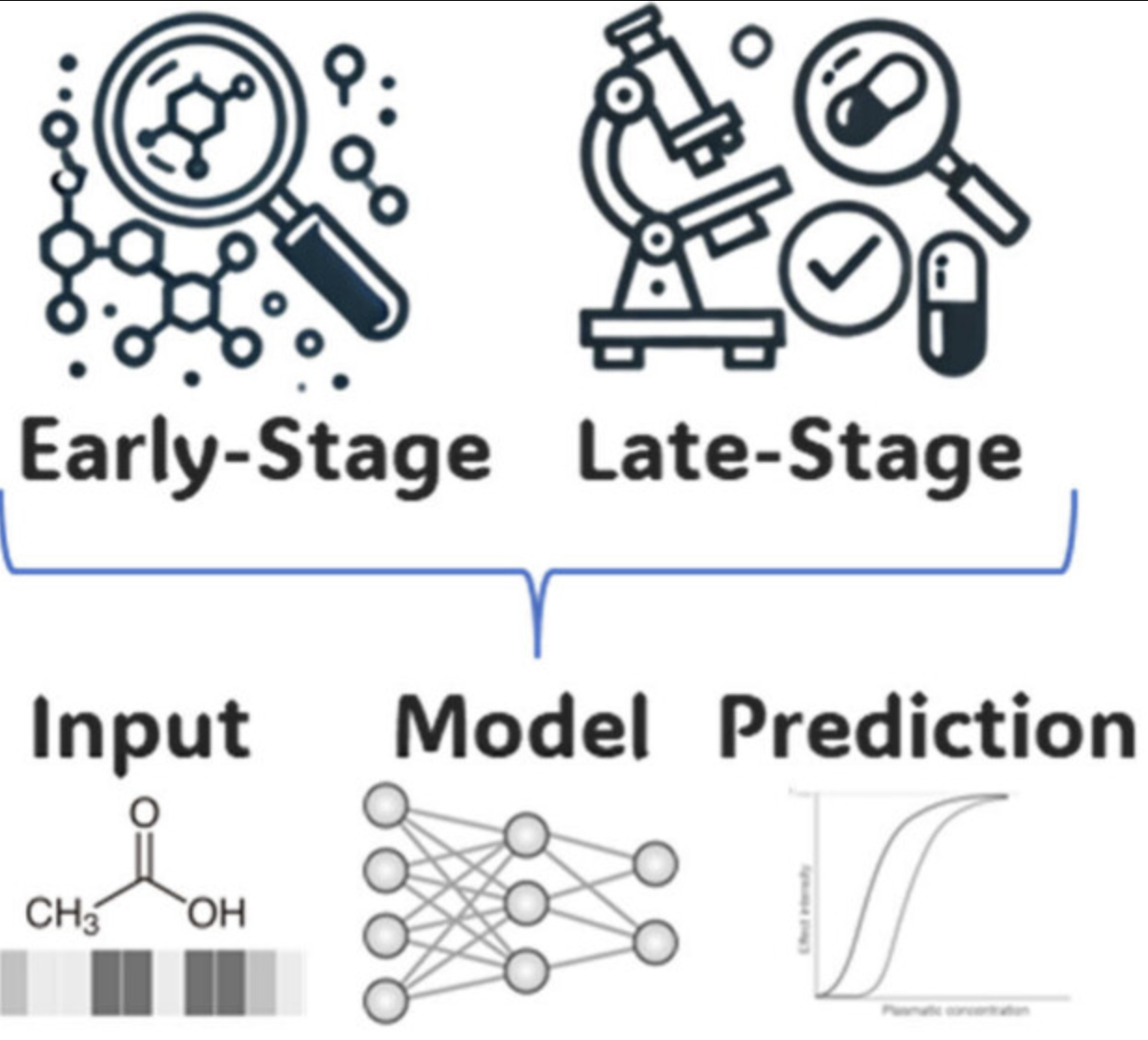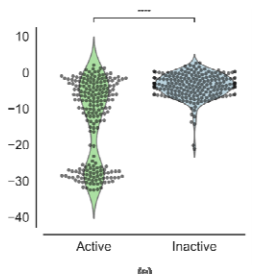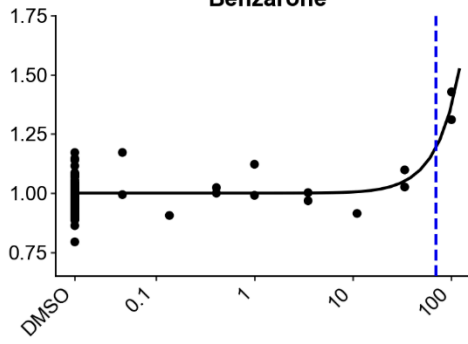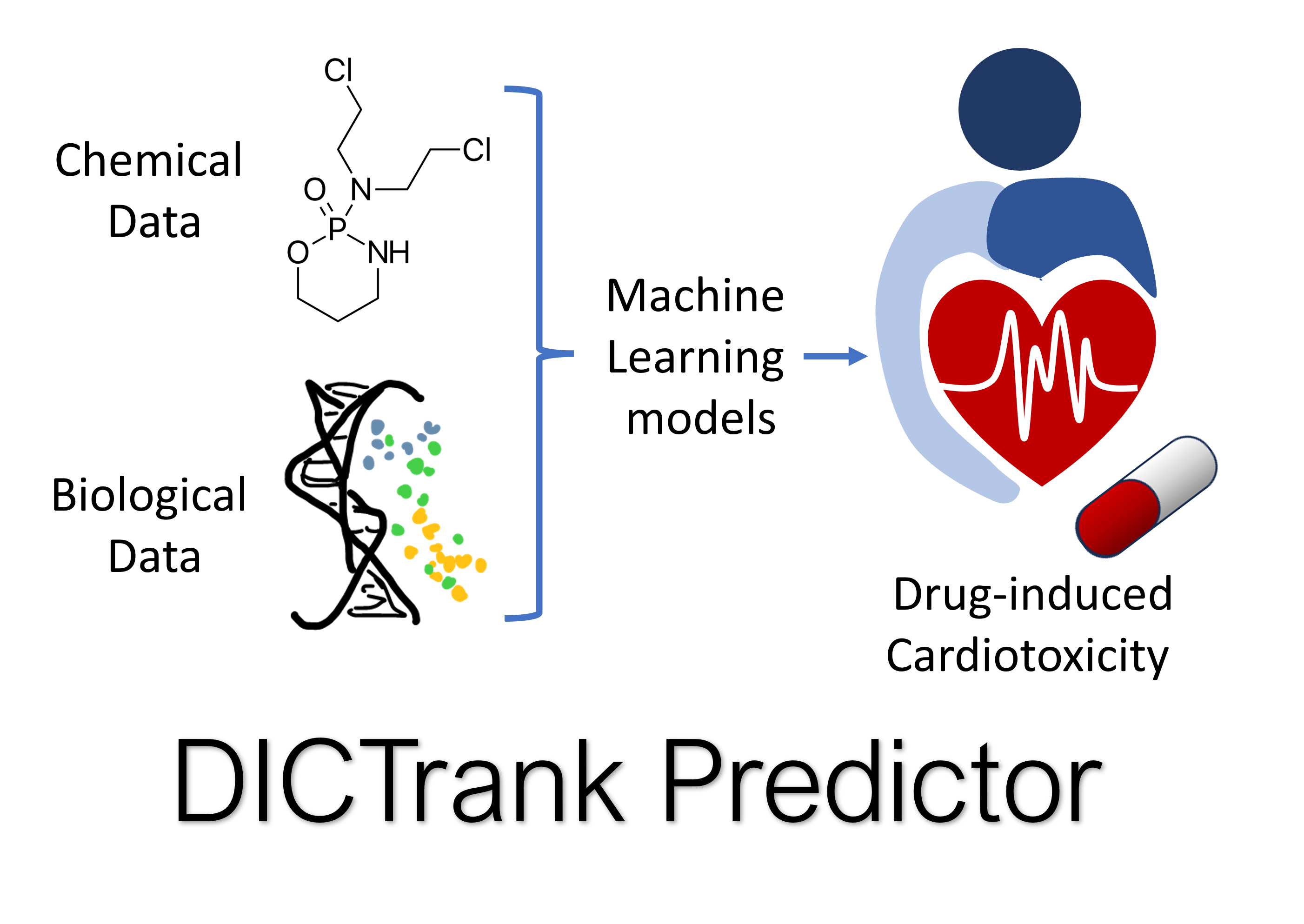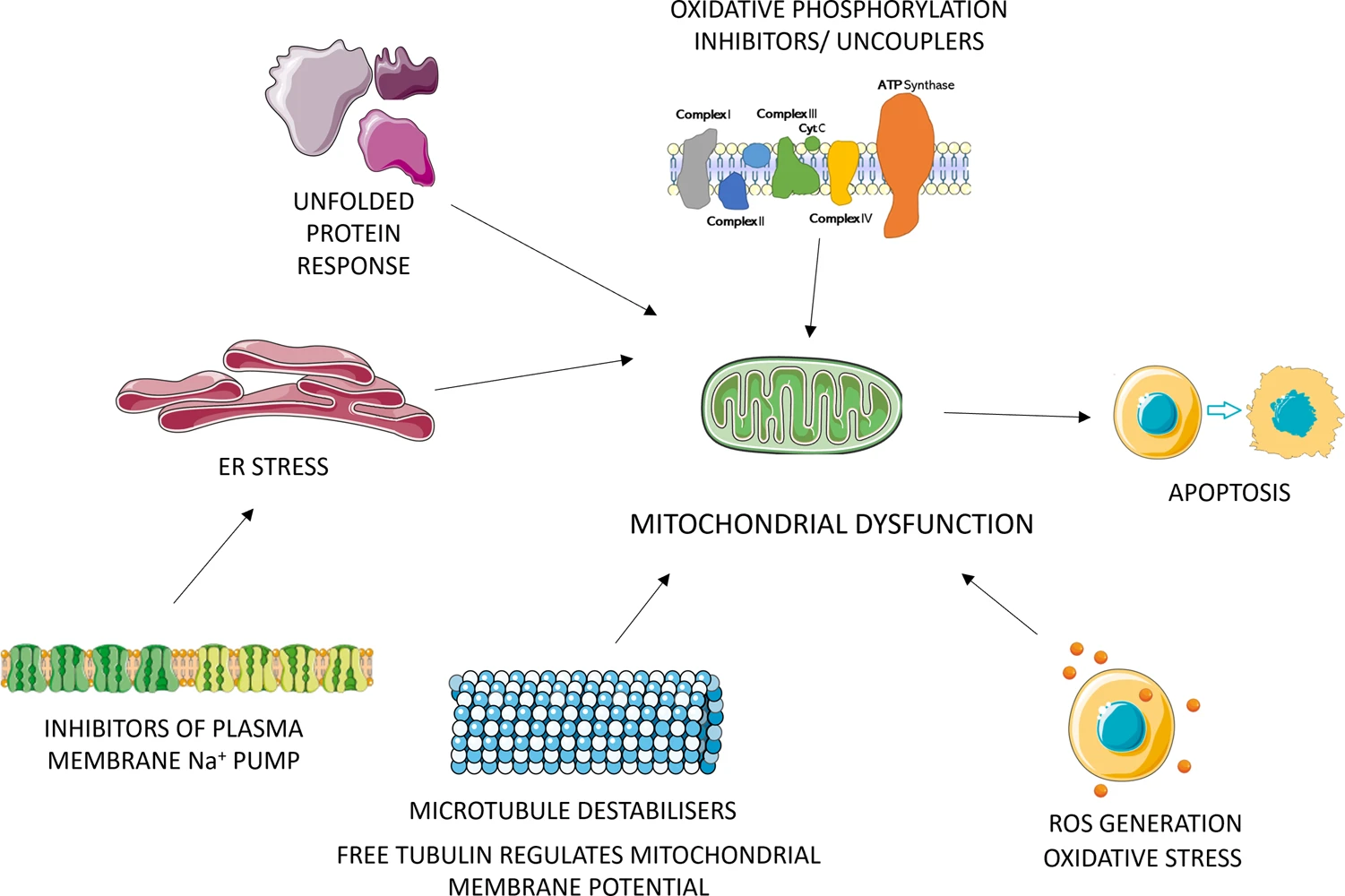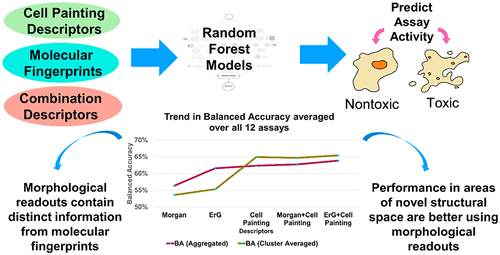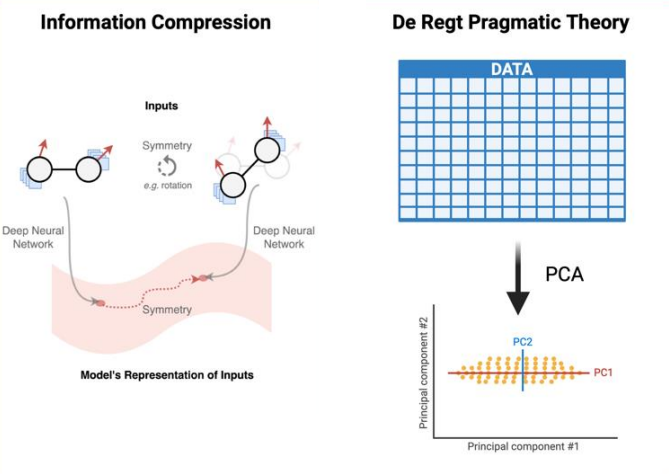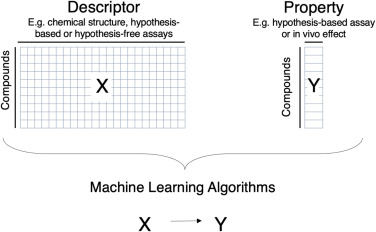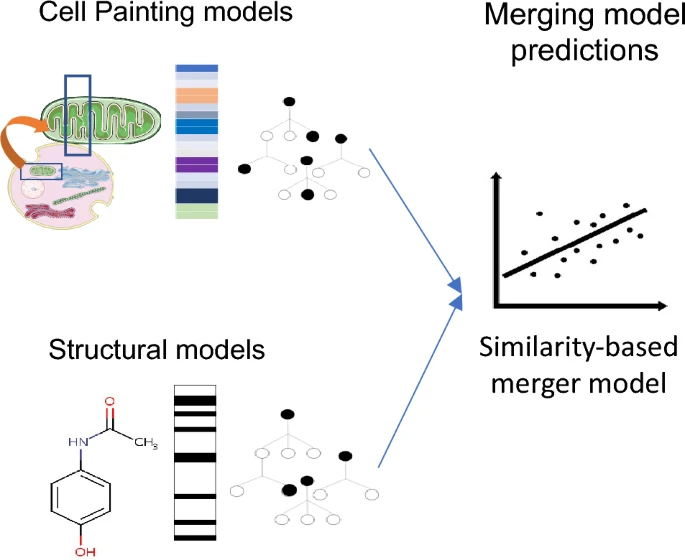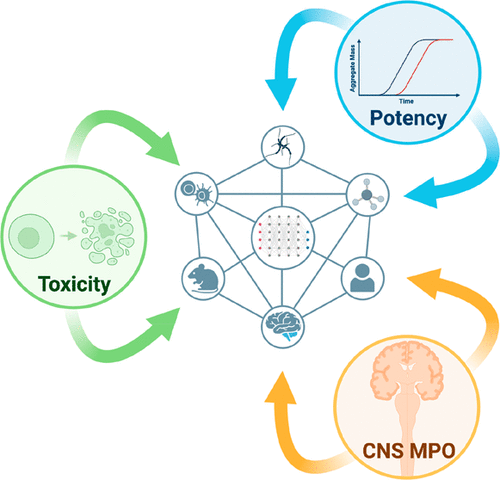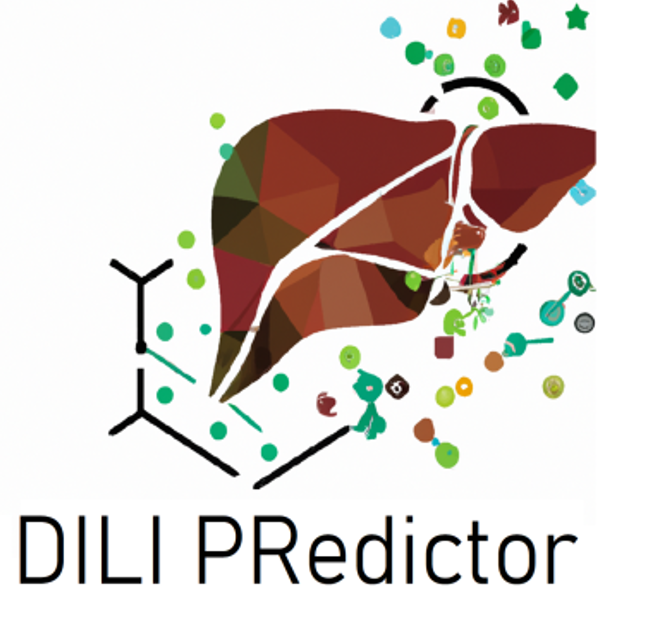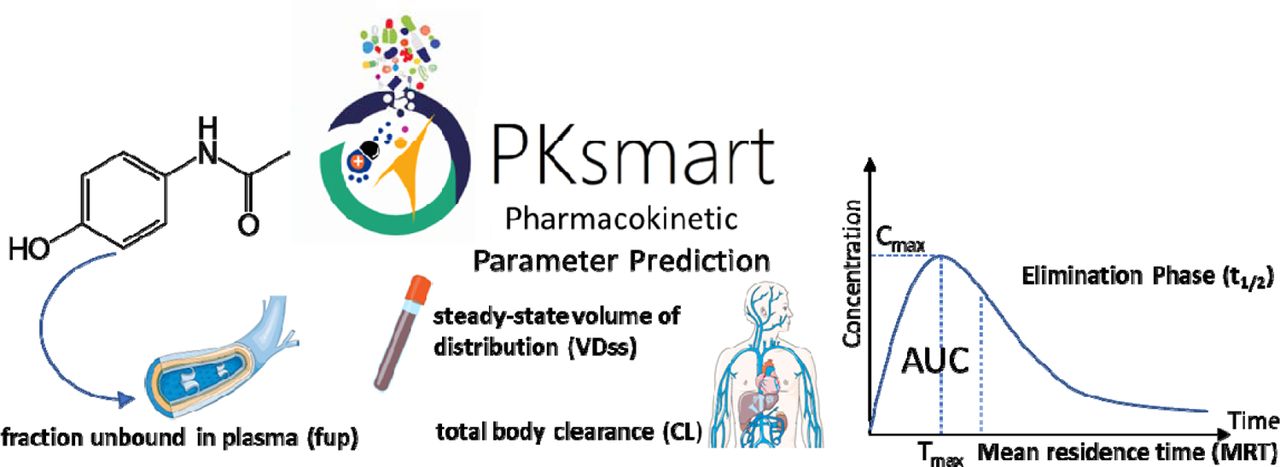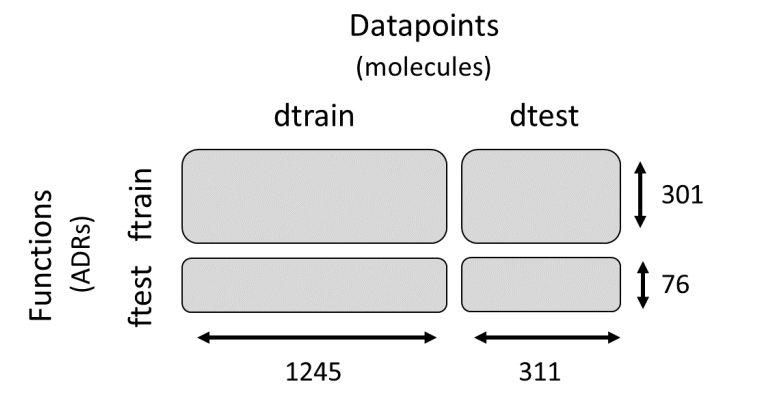-
ASCCT 2025 CE Course: AI Agents in Toxicology
October 2025, Washington, DC, US -
Exploring the Future of Artificial Intelligence in Risk Assessment Workshop - Food Standards Agency: Machine Learning for Toxicity Prediction Using Chemical Structures: Pillars for Success in the Real World
October 2025, London, UK -
National Centre for the Replacement, Refinement and Reduction of Animals in Research (NC3Rs) & British Toxicology Society (BTS) Joint Webinar: Joint Webinar - AI Applications in Toxicology
September 25, 2025, 14:00 - 16:00, Online -
BioTechX USA 2025: Cell Painting Gallery
September 2025, Philadelphia, PA, US -
2nd American Spatial Biology Congress Global Engage: AI for Spatial Omics
June 2025, Philadelphia, PA, US -
University of Delaware: GTA Annual Meeting: The Last Mile: Opportunities to Bridge Research and Increase Impact in Human and Environmental Health Science
May 2025, Newark, DE, US -
Society of Toxicology (SOT): Using Generative AI to ‘Turn’ Safe but Inactive Molecules into Effective Ligands
March 2025, Orlando, Florida, US -
American Society for Cellular and Computational Toxicology (ASCCT): Pharmacokinetic Parameters and Cell Morphology Data for Predicting Toxicity
October 2024, Research Triangle Park, North Carolina , US -
The University of Chicago Data Science Institute: An Introduction to Machine Learning and Chemoinformatics
July 2024, Chicago, US -
British Toxicology Society (BTS) Discovery Toxicology 2024: How NOT to Lie with Machine Learning Models when Predicting Small-molecule Toxicity?
June 2024, AstraZeneca, Cambridge, UK -
ODSC East Conference 2024: Machine Learning in Drug Discovery: How Not to Lie with Computational Models?
April 2024, Cambridge, US

Hello, I'm Srijit Seal
I am a researcher in chemoinformatics, centered on using machine learning techniques, particularly modeling, and interpretation of the Cell Painting assay, to predict drug bioactivity, safety, and toxicity.
I am currently a Senior Scientist at Merck US. I completed my postdoc at the Broad Institute of MIT and Harvard where I was advised by Anne Carpenter and Shantanu Singh.
I obtained my PhD from the University of Cambridge where I was advised by Andreas Bender. I also serve on the Board of Directors at the American Society for Cellular and Computational Toxicology.
